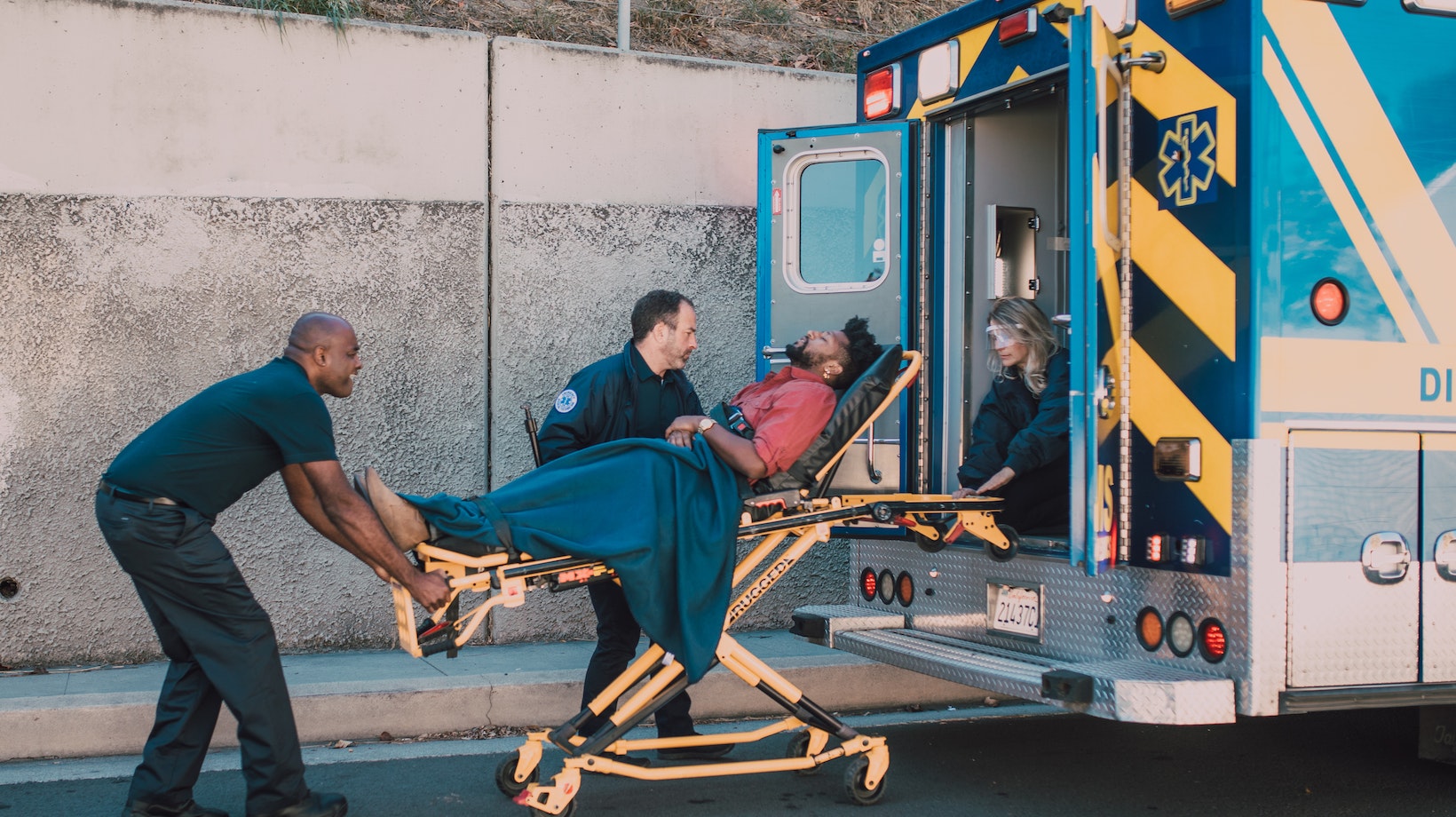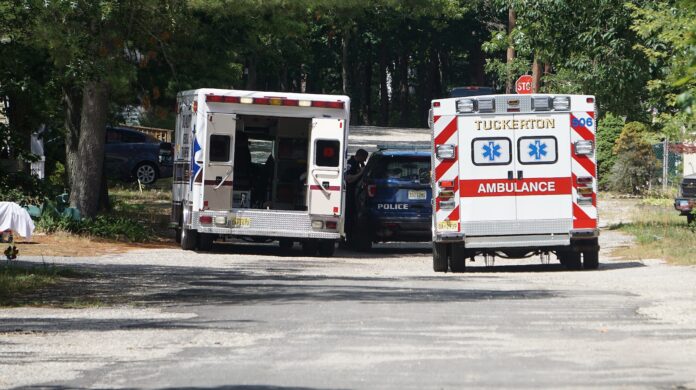Which of the Following Should You Do First When Approaching the Scene of an Emergency?
When approaching the scene of an emergency, it is crucial to stay calm and focused. Here are some important steps to follow:
- Ensure your own safety: Before rushing in to help, make sure it is safe for you to approach the scene. Assess the situation and look out for any potential hazards such as fire, gas leaks, or unstable structures. If it is not safe, keep a safe distance and wait for professional help to arrive.
- Call for help: Dial emergency services immediately to report the situation. Provide them with clear and concise information about the location and nature of the emergency. Stay on the line and follow any instructions given by the dispatcher.
- Assess the situation: Once you have ensured your own safety and called for help, assess the situation to determine the immediate needs of the victims. Look for any visible injuries or signs of distress. Prioritize providing assistance to those who require immediate attention, such as individuals who are unconscious, bleeding profusely, or having difficulty breathing.
- Provide basic first aid: If you have the knowledge and skills, provide basic first aid to the victims while waiting for professional help to arrive. This may include performing CPR, applying pressure to stop bleeding, or stabilizing fractures. Remember to only perform tasks that you are trained and comfortable with, and always follow the guidelines of your local emergency services.
- Offer comfort and reassurance: In addition to providing physical assistance, it is important to offer emotional support to those affected by the emergency. Stay with them, listen to their concerns, and reassure them that help is on the way. Your presence and calm demeanor can make a significant difference during a stressful situation.
Remember, the actions you take when approaching the scene of an emergency can greatly impact the outcome for those involved. By prioritizing safety, assessing the situation, and providing immediate assistance, you can help save lives and provide comfort to those in need.

Assessing the Situation
Evaluating the Risk
When approaching the scene of an emergency, it is crucial to evaluate the risk involved. This step helps in determining the appropriate actions to take and ensures the safety of both yourself and others. Here are some key points to consider when evaluating the risk:
- Observation: Take a moment to observe the surroundings and assess the overall situation. Look for any immediate dangers or threats that could pose a risk to your safety or the safety of others.
- Severity: Determine the severity of the emergency. Is it a minor incident that can be handled with basic first aid, or is it a more serious situation that requires immediate professional assistance? Understanding the severity helps in prioritizing actions and resources.
- Number of People Involved: Take note of the number of people affected by the emergency. This information is crucial for determining the level of response required and ensuring that everyone receives the necessary help.
- Access to Resources: Assess the availability of resources such as first aid kits, fire extinguishers, or emergency medical services. Knowing what resources are available can help in making informed decisions and providing the appropriate assistance.
Identifying Hazards
Identifying potential hazards at the scene of an emergency is vital to prevent further accidents or injuries. Here are some steps to follow when identifying hazards:
- Scan the Area: Take a comprehensive look at the surroundings and identify any potential hazards. This includes physical objects, substances, or situations that could cause harm.
- Electrical Hazards: Be cautious of any exposed electrical wires or damaged electrical equipment. These can pose a significant risk and should be avoided.
- Chemical Hazards: Look for any signs of chemical spills or leaks. These substances can be hazardous and require special care and attention when handling.
- Structural Hazards: Assess the stability of the structure or environment. Look for any signs of collapse, structural damage, or unsafe conditions that could endanger yourself or others.
- Environmental Hazards: Take note of any environmental factors that could pose a risk, such as extreme weather conditions, slippery surfaces, or poor lighting.
By evaluating the risk and identifying potential hazards, you can make informed decisions and take appropriate actions when approaching the scene of an emergency. Remember, prioritizing safety is crucial to ensure the well-being of everyone involved.


